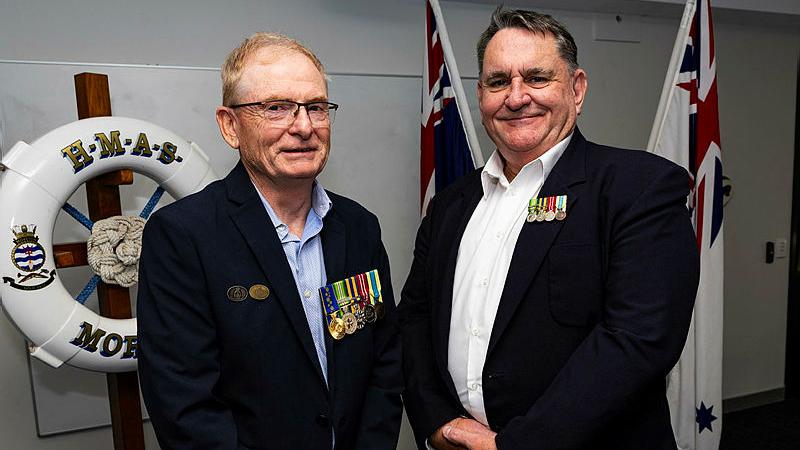A ground-breaking collaboration between Monash University and Collingwood Football Club to improve sports medicine and participation has been launched by Prime Minister the Hon Anthony Albanese MP.
The world-class Victoria Sport Infrastructure Project established the hub for sports medicine, research, development and performance at Collingwood’s AIA Vitality Centre, will encompass women’s sport health and performance, concussion, soft tissue injury and player collapse research.
Among other things, the project’s completion enables leading women’s health research and research into why soft tissue injuries such as hamstring, calf and quadricep strains and tears occur.
Prime Minister Albanese visited the new spaces, hosted by Collingwood President Jeff Browne and CEO Craig Kelly, to mark its completion on the eve of the AFL Grand Final between the Magpies and the Lions.
He joined dignitaries including Monash University Interim President and Vice-Chancellor Professor Susan Elliott AM in officially opening the research and education hub.
As part of the project, Monash University and Collingwood have established a new sports medicine treatment, research and education hub, which enables Monash University-led research across a range of sport-related disciplines.
Professor Elliott said Monash University was proud to partner with Collingwood and provide expertise to enable innovative research and education projects to benefit the whole community.
“Now that infrastructure has been completed, Monash University is thrilled to lead research and training programs in the new world-class hub, including in women’s health and performance.
“Our programs with Collingwood will focus on women’s and men’s health and performance in sport, and reducing barriers for women’s participation,” she said.
The Monash University-led research projects cover four disciplines, including:
women’s health and performance in sport, including pelvic floor muscle training
the muscle mechanisms of hamstring injuries and why they happen
head impact collisions and concussion
using Virtual Reality in sports medicine .
Ms Jodie Dakic will lead a Monash University women’s health research lab at the centre in collaboration with Collingwood, among other things investigating participation barriers.
“Our research has unveiled that pelvic floor issues substantially hinder women’s exercise and sports participation, affecting their physical and emotional well-being,” Ms Dakic said.
“This research aims to offer female athletes of all levels effective treatments for bladder leakage to facilitate lifelong participation in their chosen sport or exercise.”
Professor Peter Malliaras said among other things, the soft tissue injury program was seeking answers to an age-old question: why do hamstring injuries happen?
“We imagine a future where hamstring and calf strain is prevented and doesn’t keep elite and community sportspeople from the field,” he said.
“The team will use its unique advanced imaging techniques to visualise mechanisms of hamstring injury, which could lead to better treatments that keep Australian athletes on the field, giving them a competitive advantage.”
Dr Stuart McDonald said the concussion program aimed to improve understanding of head impact mechanisms and consequences, enhance concussion screening and diagnosis, and facilitate personalised approaches for guiding return-to-play decisions.
“Our research program is now generating the evidence to support the implementation of new objective tools to improve head impact management in sports such as Australian football,” Dr McDonald said.
“In addition to improving player safety, our goal is to help instil greater confidence in all individuals in the sport and the athlete’s journey, including parents, coaches, trainers, and clinicians.”
Professor Terry Haines said the virtual reality (VR) program put the learner in the position of a sports trainer, standing on the sidelines, about to manage a range of scenarios in which they could encounter a collapsed athlete.
“We want to help people at community sporting organisations to be capable and confident to manage a person who has collapsed in those critical first minutes before health professionals arrive,” Professor Haines said.







